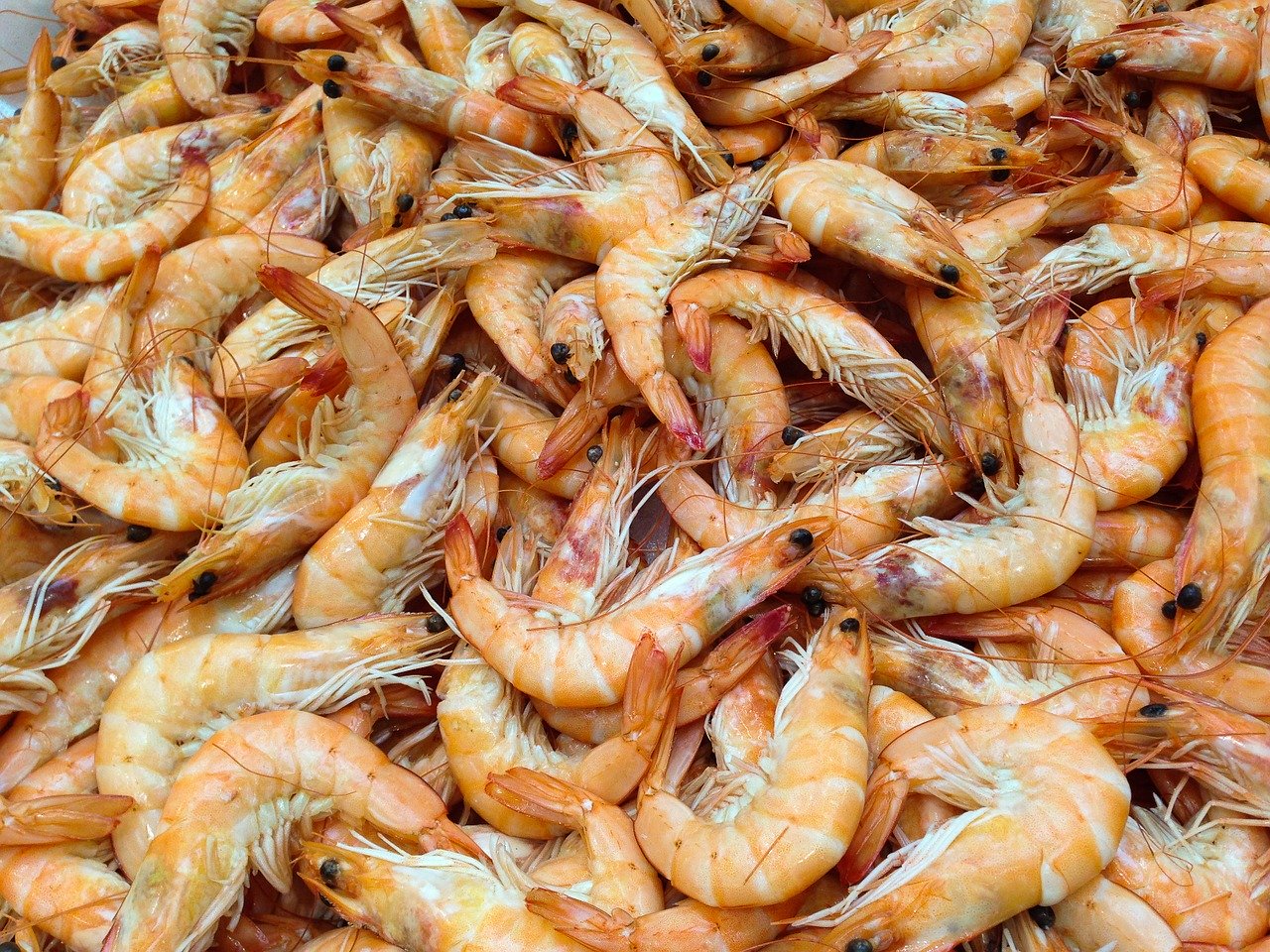In March 2018 researchers from Iran and Italy published their review of the medical scientific literature to assess the association between the intake level of arsenic and lead from groups of shrimp from the Persian Gulf region and the risk of oral cancer. A total of 9 articles (14 studies), met the inclusion criteria and were included in the review. In addition 511 samples were assessed. Results showed that the pooled levels for arsenic in the muscle shrimps was 1.37 (0.66-2.08 mg/kg dry weight) and for lead was 0.58 (0.33-0.82 mg/kg dry weight). These pooled levels were higher than the limits recommended in the Food and Agriculture Organization/World Health Organization guidelines. It was noted that the Panulirus homarus species of shrimp contained a higher arsenic level than the Penaeus semisulcatus species, whereas the ranking order of shrimps species for levels of lead starting with the highest level first was Litopenaeus vannamei followed by Panulirus homarus followed by Fenneropenaeus indicus followed by Metapenaeus affinis. A further analysis revealed that the Incremental Lifetime Cancer Risk was higher than 10-4 for lead and 10-3 for arsenic. The researchers therefore concluded that the consumption of shrimps contaminated with arsenic and lead could contribute to the risk of oral cancer in all age groups, and recommended that a plan should be put in place to reduce the heavy metal contamination of shrimps from the Persian Gulf region together with the circulation of a food safety communication.
Fakhri Y et al. Systematic review and health risk assessment of arsenic and lead in the fished shrimps from the Persian gulf. Food Chem Toxicol. 2018 Mar;113:278-286.

